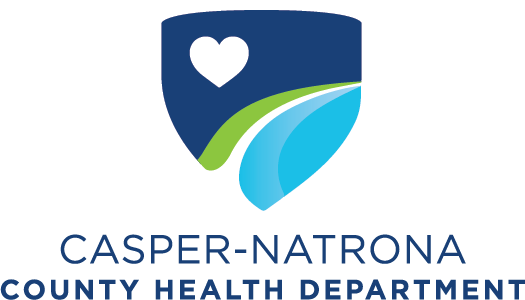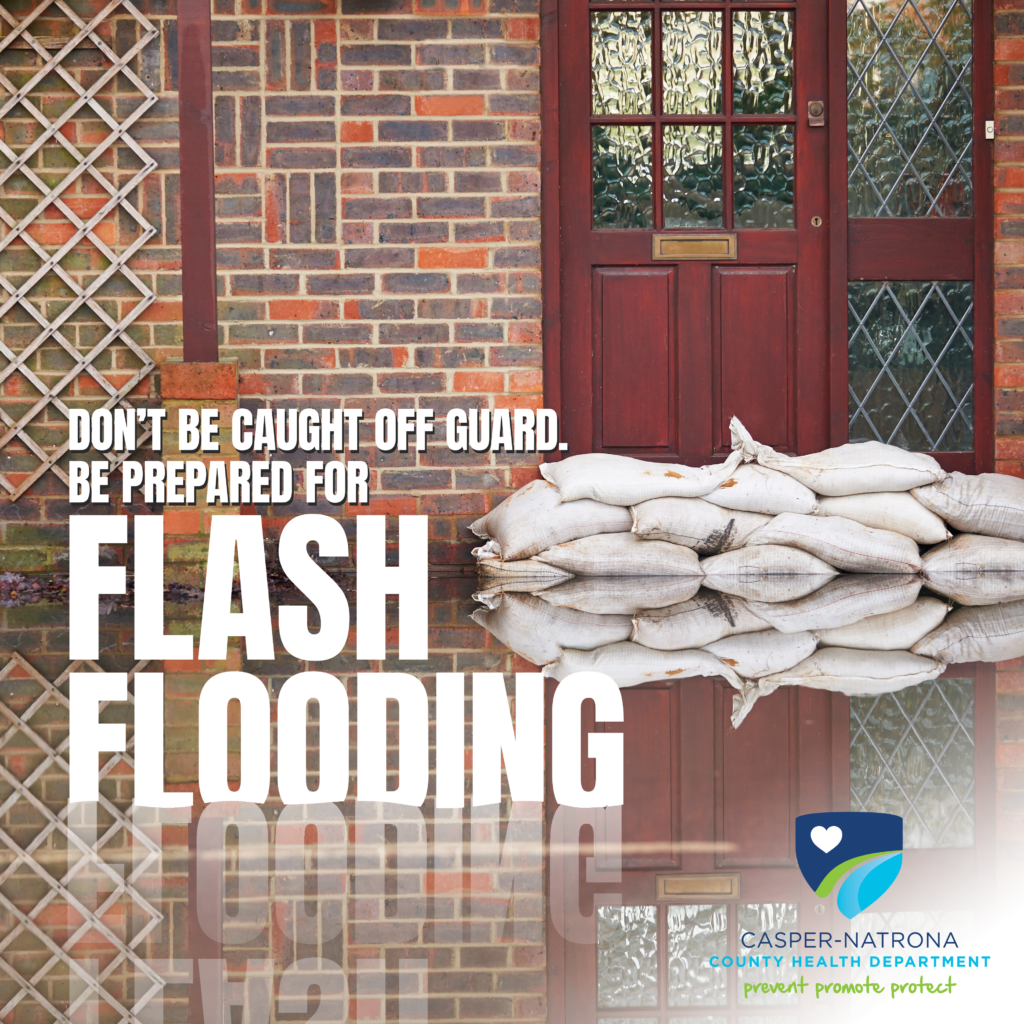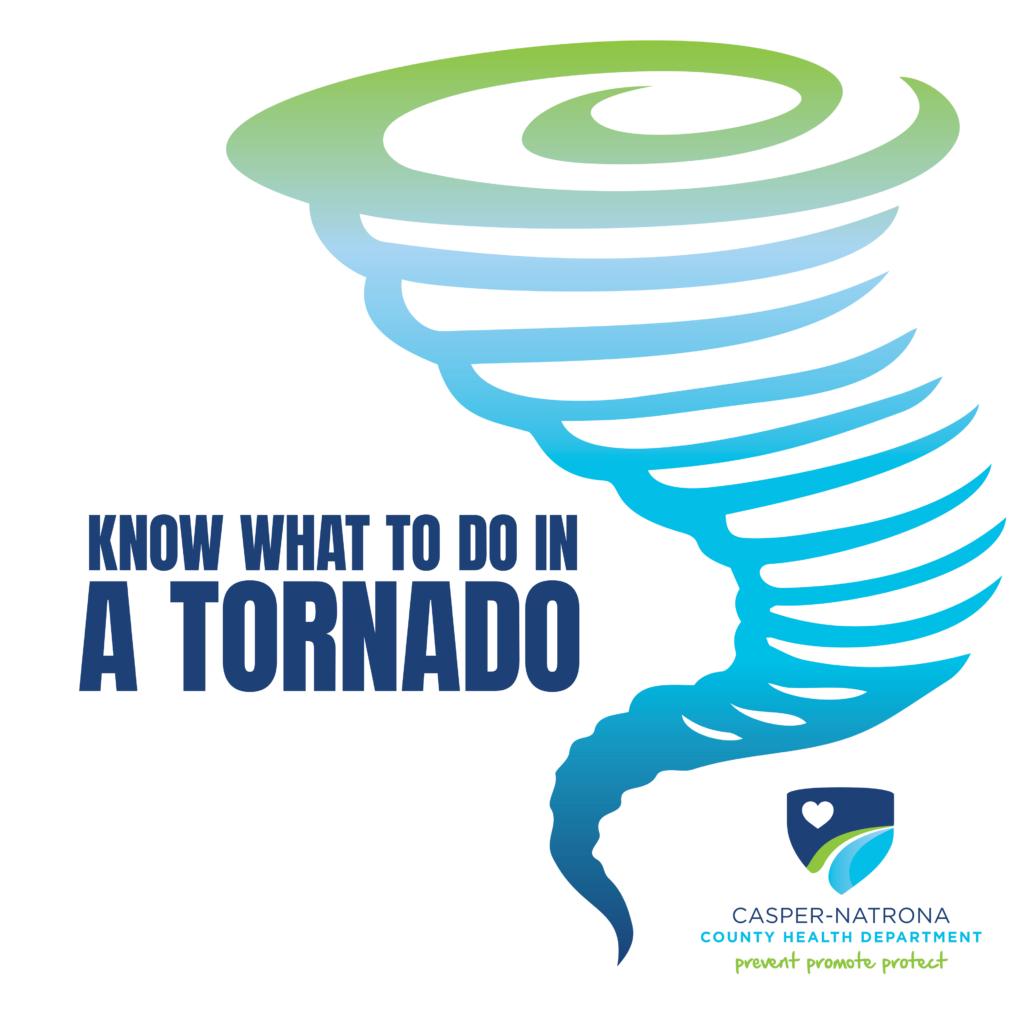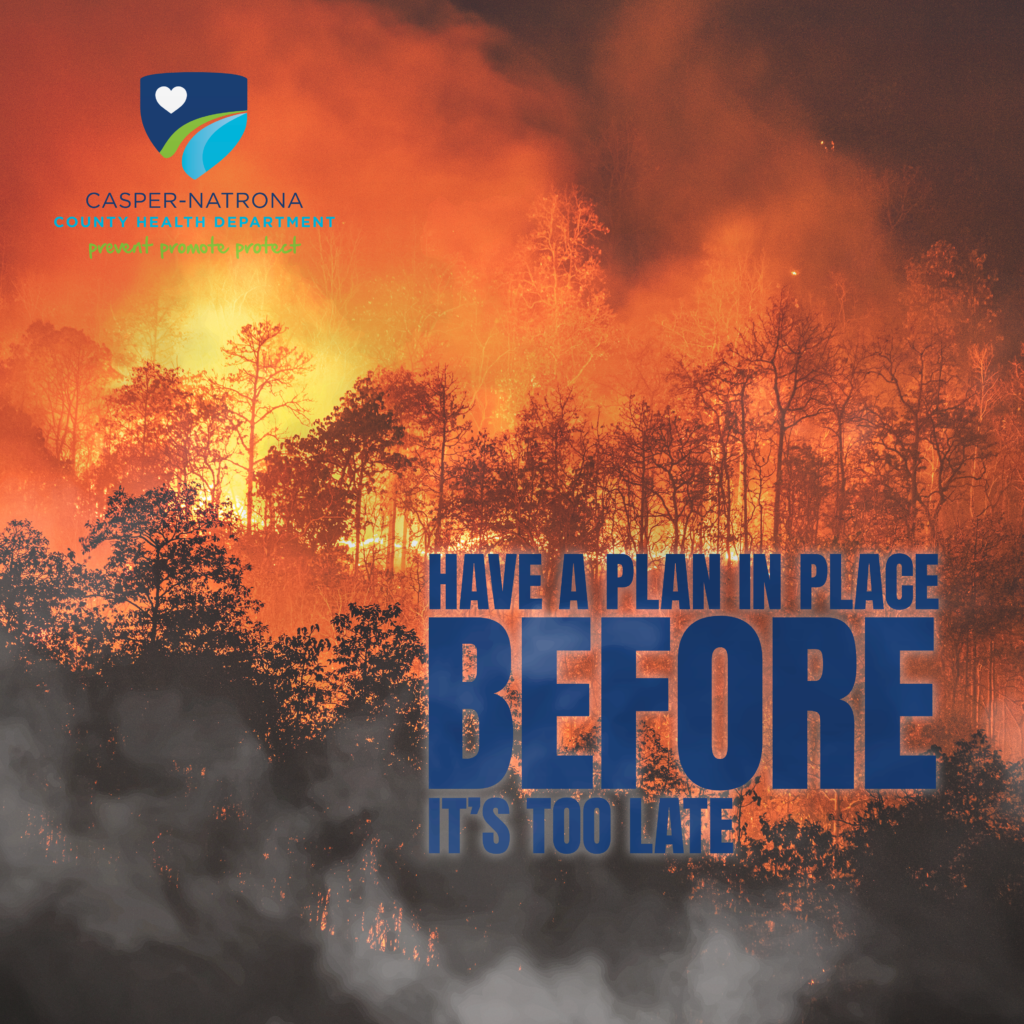Planning For an Emergency
Emergency preparedness and planning is essential for all members in communities, including community members with a disability. Emergencies strike quickly and without warning. It is important for us to be united as a community to prepare for such emergencies. Taking an active role in emergency preparedness will bring peace of mind for you and your loved ones in the event of a natural disaster or other unexpected emergency.

We can’t predict the future, but we can plan for it.
A GoStayKit is an easy-to-use tool to prepare you in case disaster strikes. It’s a way to keep all of your personal and medical information safe and organized in one place so that if you’re in a serious situation, there’s no need for panic and last-minute scrambling to find it by either yourself, your family, or emergency responders.
Whether an emergency requires you to leave your home or shelter in it, assembling your GoStayKit will ensure that you are ready.
To learn more and request your free GoStayKit, contact the Casper-Natrona County Health Department today or call 307-235-9340.
Flash Flooding
Taking proactive measures, such as understanding flood risks in your area, creating an emergency plan, and staying informed about weather updates, can significantly reduce the risks associated with flash flooding. If flooding occurs, remember to seek higher ground immediately and avoid driving or walking through flooded areas. For guidelines and resources on flash flooding preparedness and awareness, click here to learn more.
Tornado
Staying safe and aware during an unexpected tornado is paramount to protect yourself and your loved ones. It is crucial to take necessary precautions by seeking shelter in a sturdy building or basement, away from windows. Additionally, staying informed about weather updates and emergency alerts can provide vital information to help you make informed decisions. To learn more about tornado preparedness and safety measures, click here for guidelines and resources.
Wild Fires
Maintaining safety and awareness during wildfire incidents is crucial for protecting lives and property. It is vital to take proactive steps, such as understanding the wildfire risks in your area, creating an emergency plan, and staying updated on fire conditions and evacuation orders. Promptly following evacuation orders, maintaining a safe distance from the fire, and refraining from activities that may ignite flames can significantly mitigate the dangers of wildfires. To access guidelines and resources on wildfire preparedness and awareness, click here for more information.
Community Readiness Initiative (CRI)
This program is designed to enhance preparedness in Wyoming’s largest population centers—where nearly 60% of the population resides—to effectively respond to large public health emergencies that require life-saving medicines and medical supplies. The CRI develops, tests, and maintains plans to quickly receive medical countermeasures from the Strategic National Stockpile (the nation’s largest supply of medical countermeasures for use in a public health emergency severe enough that local supplies are depleted) and distribute them to local communities.
Response Planning
In collaboration with partners and stakeholders, Response Planning uses the current CMIST framework to review and update jurisdictional preparedness plans, ensuring they include at-risk populations and those with access and functional needs (AFN). They accomplish this by:
- Identifying at-risk populations in the community with AFN
- Coordinating with whole community partners (by including each in planning meetings and/or by sharing plans with each to solicit feedback)
- Considering AFN of individuals in planning
- Ensuring child- and senior-focused needs and partnerships are considered in planning
- Bioterrorism
- Our professionals have been preparing for and are prepared to respond to bioterrorism events. In response to such an event, they will be a part of a multi-team emergency response system.
- Natural Disaster
- During natural disasters, our team of professionals responds to areas of Natrona County where a disaster has occurred with information, testing, and immunizations to protect those exposed to diseases through unsafe conditions or unsafe water.
- Respiratory Protection Program
- Through this program, we assist community partners in developing respiratory protection programs for situations in which airborne contaminants or biological infections place employees at risk. We’re also equipped to assist employers with the development of their plans, including education regarding appropriate personnel protective equipment (PPE) and fit-testing.



